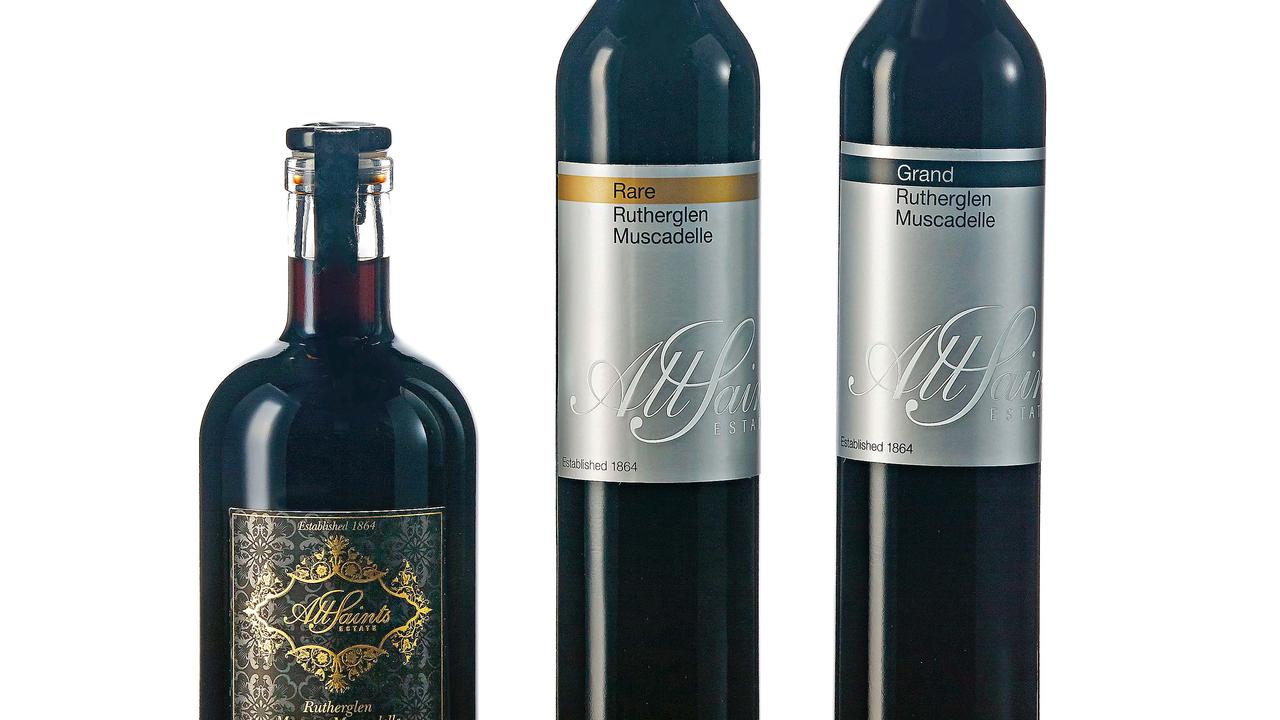Anguilla reinhardtii: that’s Latin for amazeballs
Forget what you think about this native fish. Its incredible life cycle will make you see it in a whole new light.

Why do some creatures get a bad rap even though they’re amazing?
Take this native fish – we’ll come to its name in a bit – which is found in freshwater habitats all along the east coast of Australia. This one’s in the pond at Sydney’s Royal Botanic Gardens, where it will lead a pretty mundane life preying on crustaceans, insects, fish and (cover your eyes, children!) ducklings for the first 90 per cent of its existence. But when it hits sexual maturity – which may take up to 30 years for females – the final chapter of its life takes a truly remarkable turn.
One dark night, during heavy rain, this fish will leave the pond. It will wriggle over the grass, crossing footpaths, in search of a natural watercourse or stormwater drain that will take it to the harbour. There, its body will undergo profound changes to adapt to the saltwater, its gills morphing, its eyes growing larger, its gut withering away to nothing because it won’t ever eat again. And then it will set out on its final journey: a 2000km swim to New Caledonia in the Coral Sea, where it will spawn, then die.
Mark McGrouther, a fish biologist at the Australian Museum, says he’s “in awe” of this species and its feats. He says of the billions of larvae born in the Coral Sea, only a tiny percentage survive the return journey wafting along on the East Australian Current, metamorphosing into juvenile fish along the way. A fraction of those will end up in Sydney Harbour. And one dark night, during heavy rain, a few will sense the freshwater pouring out of a storm drain down by the Royal Botanic Gardens and swim up it, before wriggling over the grass and footpaths, and finally plopping into the pond to complete the life cycle. Amazing, eh?
Oh, and the name. It’s Anguilla reinhardtii, the longfin eel. And now you’re thinking, YUCK!



